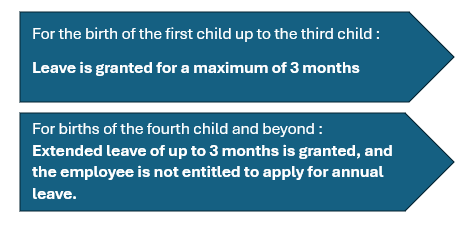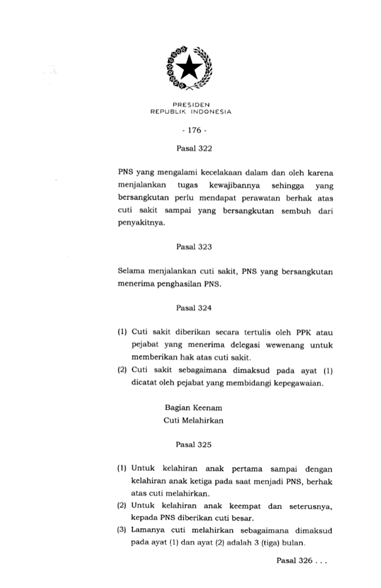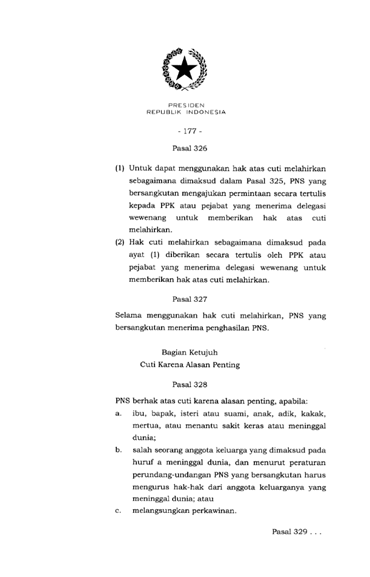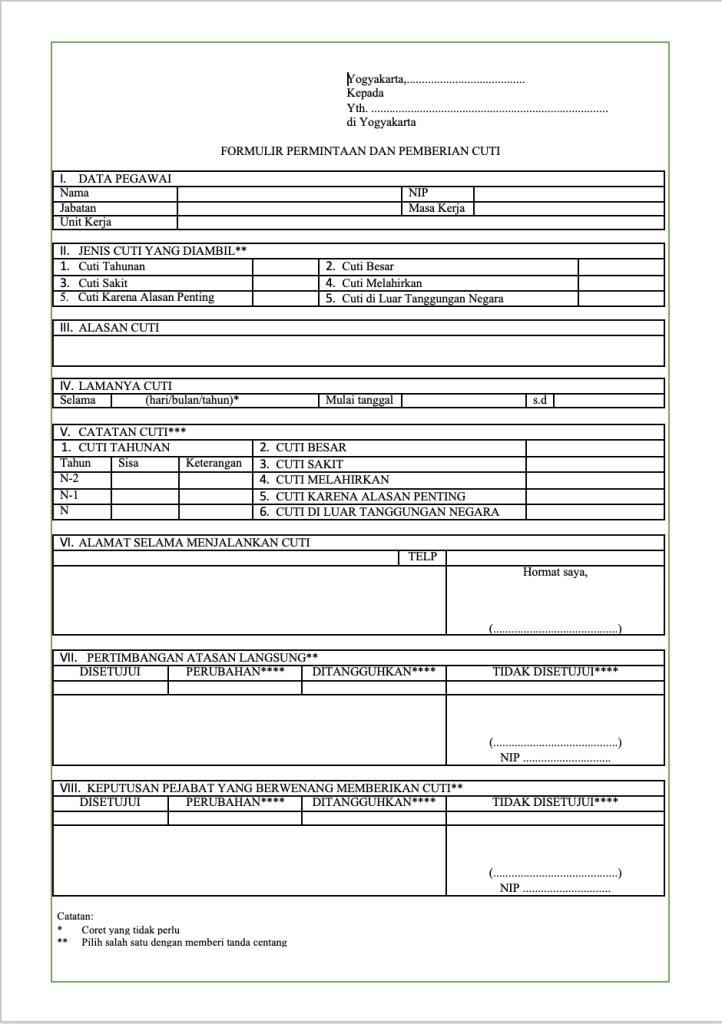The management of human resources at Universitas Gadjah Mada (UGM) is governed by the Rector’s Regulation Number 18 of 2016, which regulates Human Resource Management within UGM. This regulation encompasses various aspects of human resource management, including:
- Recruitment and Selection: Procedures and criteria for hiring new employees at UGM.
- Career Development: Policies on career development for academic and administrative staff, including promotions and skill enhancement.
- Performance Evaluation: A performance evaluation system to assess employee contributions and effectiveness.
- Compensation and Benefits: The structure of salaries, allowances, and other incentives provided to employees.
- Employee Welfare: Programs and facilities aimed at supporting employees’ physical and mental well-being.
- Work Discipline and Ethics: Rules regarding work discipline and the code of ethics that all employees must adhere to.
This regulation aims to ensure the effective and efficient management of human resources, in alignment with UGM’s vision and mission.
Maternity leave
For Permanent Employees:



For more detailed policies related to maternity leave, UGM refers to other specific regulations. One such regulation is the Rector’s Regulation Number 22 of 2021 on Employee Leave at UGM, which governs various types of leave for employees, including maternity leave. The specific provisions regarding maternity leave are detailed in Chapter III, which outlines the different categories of leave available to staff members. Within this chapter, maternity leave is discussed under the section dedicated to “Cuti Melahirkan” (Maternity Leave). This section specifies the eligibility criteria, duration, and procedures for applying for maternity leave at UGM. To apply for maternity leave at UGM, employees are required to submit the following documents:
- Leave Application Form: This form can be downloaded from the official UGM website at http://ugm.id/formcuti (see Figure 1).
- Medical Certificate: A doctor’s certificate confirming the expected delivery date. These documents should be submitted to the relevant administrative department within UGM to process the maternity leave request.

These documents should be submitted to the relevant administrative department within UGM to process the maternity leave request.
The Academic Regulation section on the Universitas Gadjah Mada (UGM) website provides comprehensive guidelines for students regarding academic procedures and policies. One of the areas covered is the academic leave. Students may apply for academic leave with the dean’s or rector’s written permission, with the following procedures and policies:
- Academic leave is only permitted if the student has obtained written permission from the dean or rector.
- Academic leave exceeding two years, whether consecutive or non-consecutive, requires the submission of a formal request to the rector with a copy sent to the dean.
The period of academic leave is not counted as active study time in relation to the maximum study duration. - During academic leave, students are not required to pay tuition fees (SPP).
Students are not allowed to take academic leave before the evaluation of the first four semesters. However, under certain circumstances (e.g., pregnancy/childbirth, illness requiring hospitalisation), and with the rector’s approval, academic leave may be granted. In such cases, the leave period will still be counted as active study time and will be used as a basis for evaluation calculations.
It is explicitly mentioned that academic leave with the rector’s approval may be granted for circumstances of pregnancy/childbirth (maternity leave). In several study programs, this policy has also been written. In the Academic Guidebook for Undergraduate Programs 2023 of the Faculty of Forestry at Universitas Gadjah Mada (UGM), specific provisions regarding maternity leave for students are included as exceptional circumstances. Students may be granted academic leave for pregnancy and childbirth before completing the first four semesters, with approval from the rector.
References :
